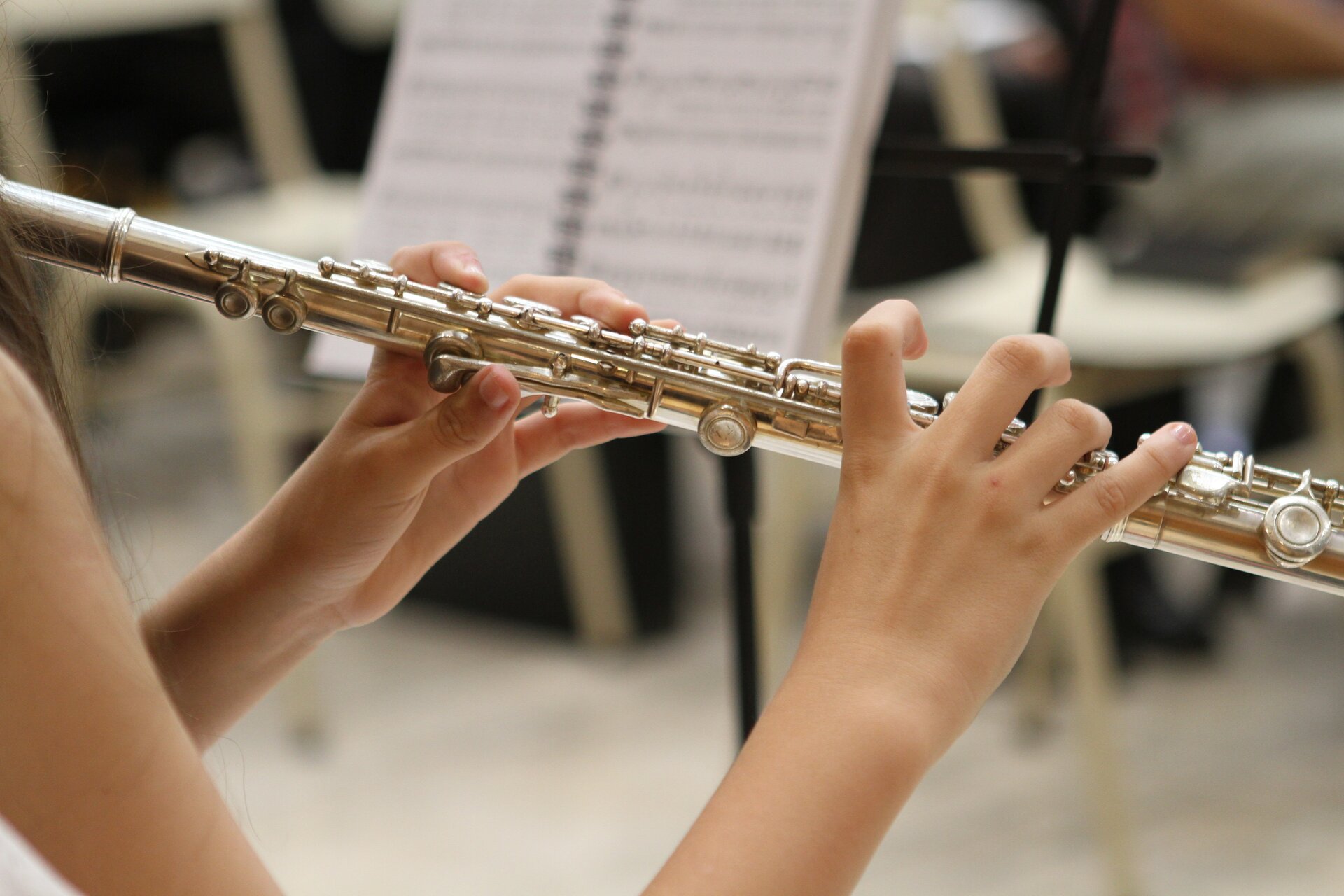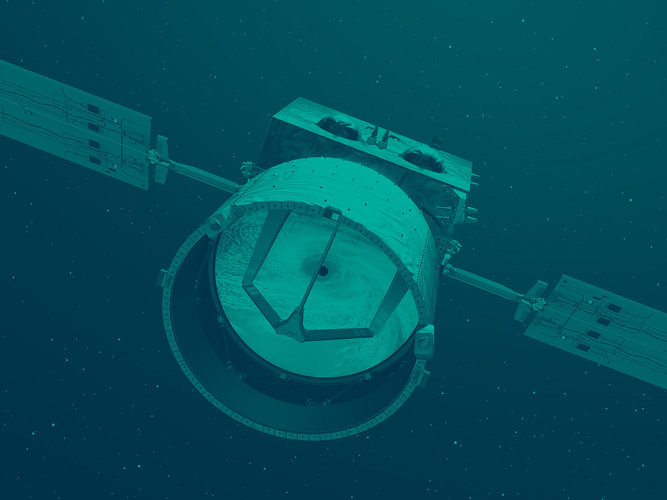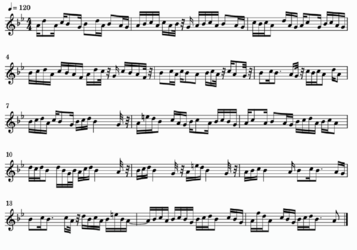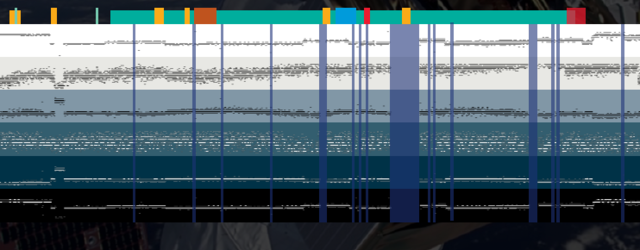The sound of Aeolus will blow you away
After almost five years, ESA’s Aeolus wind satellite has completed its mission. Now, you can listen to the Life of Aeolus – an incredible wind orchestral piece that has been composed using data spanning Aeolus’ entire life in orbit around Earth.
Aeolus has been a remarkable mission. Its Aladin laser was a challenging instrument that needed 20 years to develop, but it resulted in it being the first to measure global wind profiles from space using a laser.
As an Earth Explorer, the satellite was designed as a research mission and to demonstrate new space technology. Outstripping expectations, however, Aeolus provided near-realtime data that was so good that leading meteorological centres have been using it to forecast the weather since 2020.
To celebrate the life of Aeolus, ESA teamed up with composer Jamie Perera to make an orchestral wind sonification that uses data spanning the mission’s entirety.
In the 30-minute piece, each second is a day in the life of Aeolus – and the wind it measured as it orbited the globe 16 times a day.
Pitch, length and loudness of musical notes were created by transforming a variety of Aeolus’ data types into musical parameters, mapped onto the ranges of different wind instruments.
The highest notes are those of the piccolo, which mark the tops of clouds illuminated by Aeolus’ laser.
At the bottom of the register, the bassoon and bass clarinet sound as Aeolus’ beams reach just above Earth’s surface. In between, through clarinets, flutes and oboes we can hear the wind velocity, air temperature, air pressure and cloud density.
You can also hear landmark events, such as volcanic eruptions, represented by drums, hurricanes represented by wind sound effects, and the Covid pandemic represented by a pulsing synth.
Mr Perera worked with Daniel Santillan of EOX to process and aggregate data from the lifetime of Aeolus, before working with sonification programmer Adrian Lewis to create the orchestral piece.

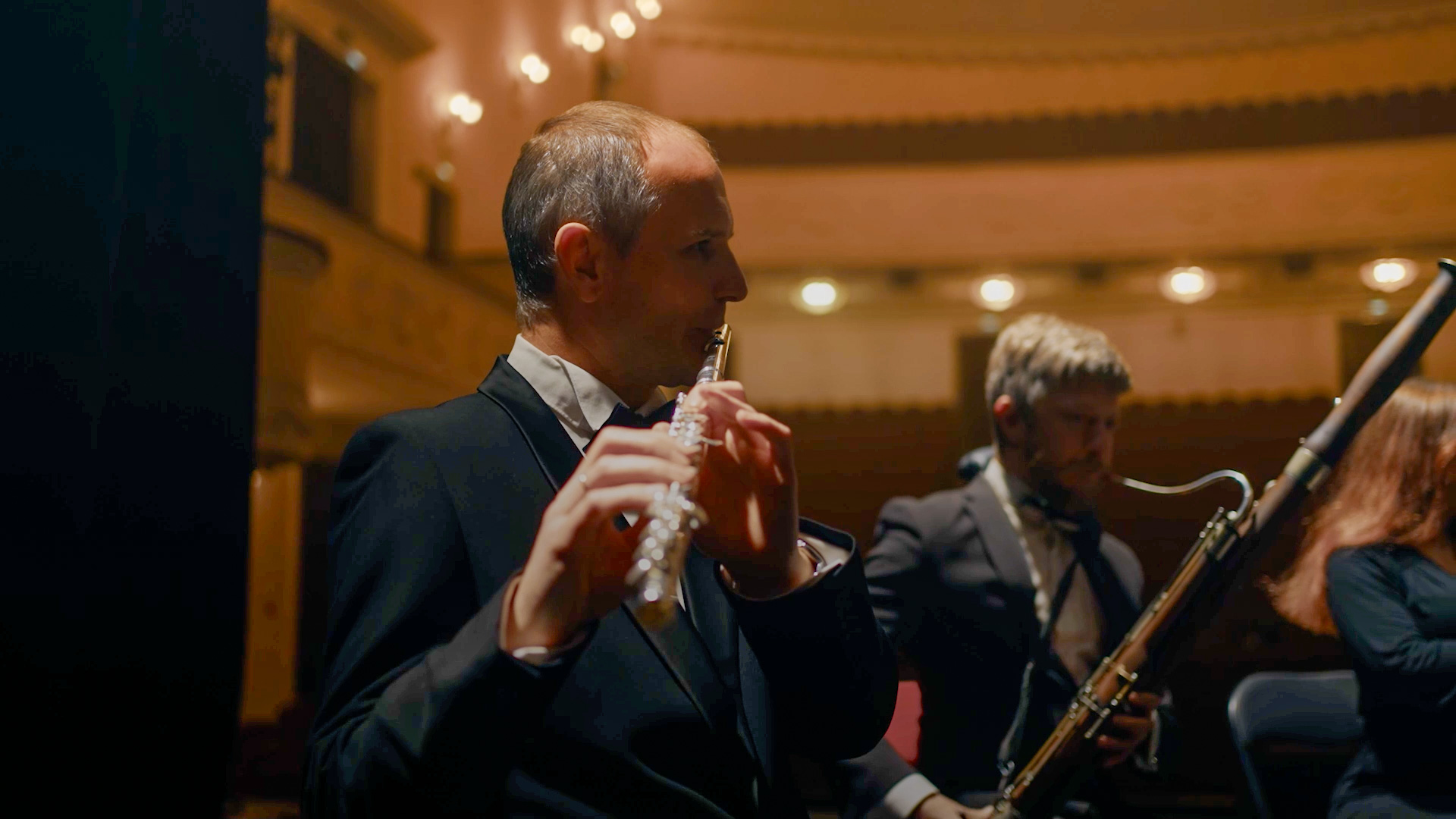
Access the video
He said, “You can imagine it like a score that's been created in the air. It required some aesthetic decisions because having so many data playing at once could potentially sound quite cacophonous.
“It’s a balancing act between having something that’s both accurate to the data and accessible to the audience.
“We eventually went for Lydian mode in Bb. It’s a type of scale that has an expansive, pioneering sort of feel to it, which was perfect for Aeolus.”
The sounds were played in part by professional musicians, supplemented by sampled instruments.
For Mr Perera, who has also turned Aeolus data taken from above the Hunga Tonga eruption into music, sonification is an excellent way to explore data, and also express the stories behind data. Among its many benefits, it provides an accessible way for the visually impaired to interact with science data.
“Sonification is a multidisciplinary practice, that is a way of transferring information, and, in listening, a mechanism for knowledge creation,” he explained. “We've got some world events, such as the pandemic, hurricanes and eruptions, that have happened while this satellite has been whizzing around above our heads.
“For me, it’s meaningful. Aeolus has gathered vast amounts of data that’s been useful in all those situations. As a way to tell that story, I think it does the job very, very well.”
For the music-savvy reader, you can even attempt to play the sonification – though be warned, it’s not for the faint-hearted.














 Germany
Germany
 Austria
Austria
 Belgium
Belgium
 Denmark
Denmark
 Spain
Spain
 Estonia
Estonia
 Finland
Finland
 France
France
 Greece
Greece
 Hungary
Hungary
 Ireland
Ireland
 Italy
Italy
 Luxembourg
Luxembourg
 Norway
Norway
 The Netherlands
The Netherlands
 Poland
Poland
 Portugal
Portugal
 Czechia
Czechia
 Romania
Romania
 United Kingdom
United Kingdom
 Slovenia
Slovenia
 Sweden
Sweden
 Switzerland
Switzerland


























